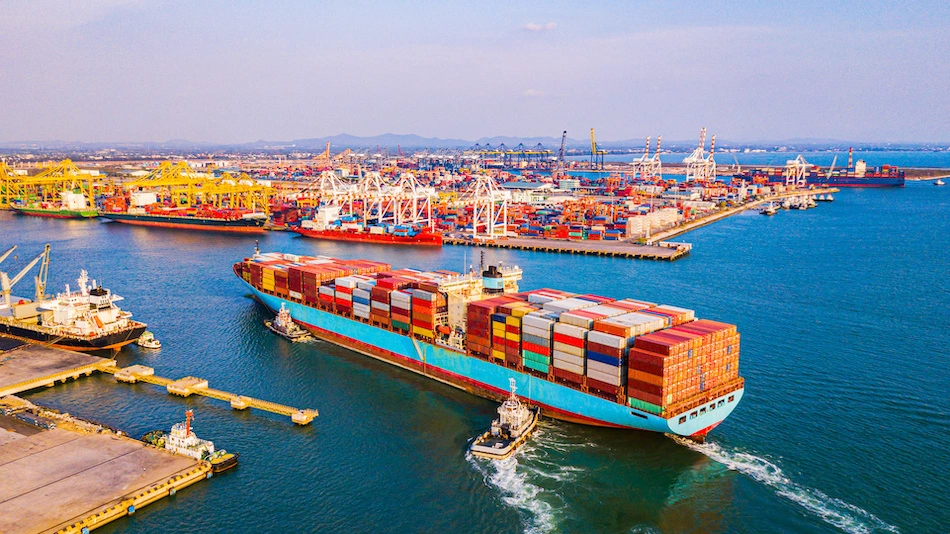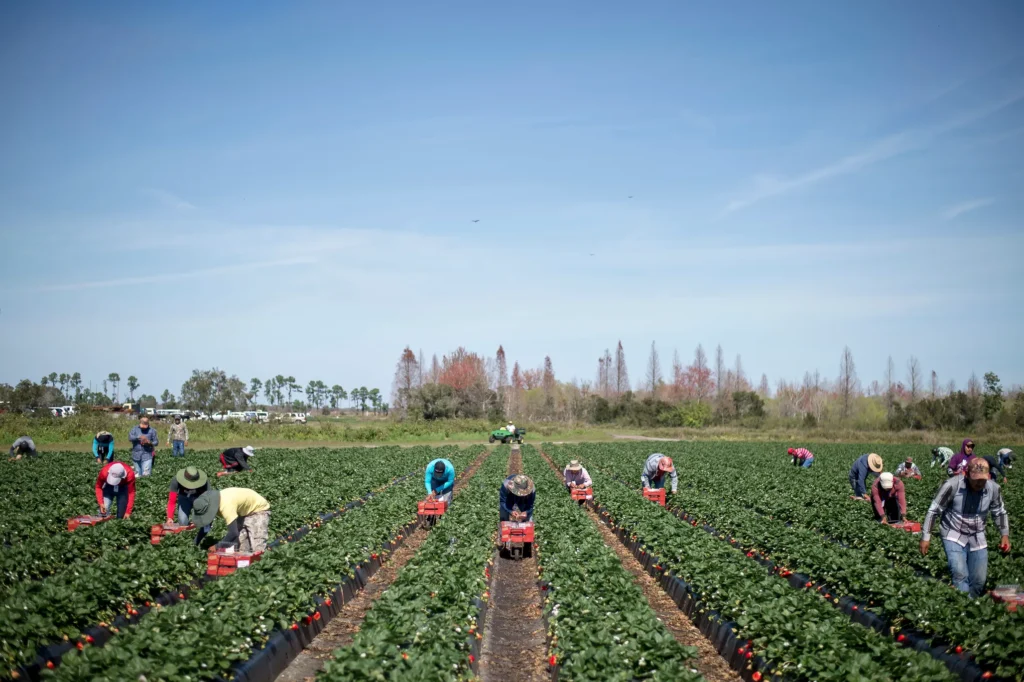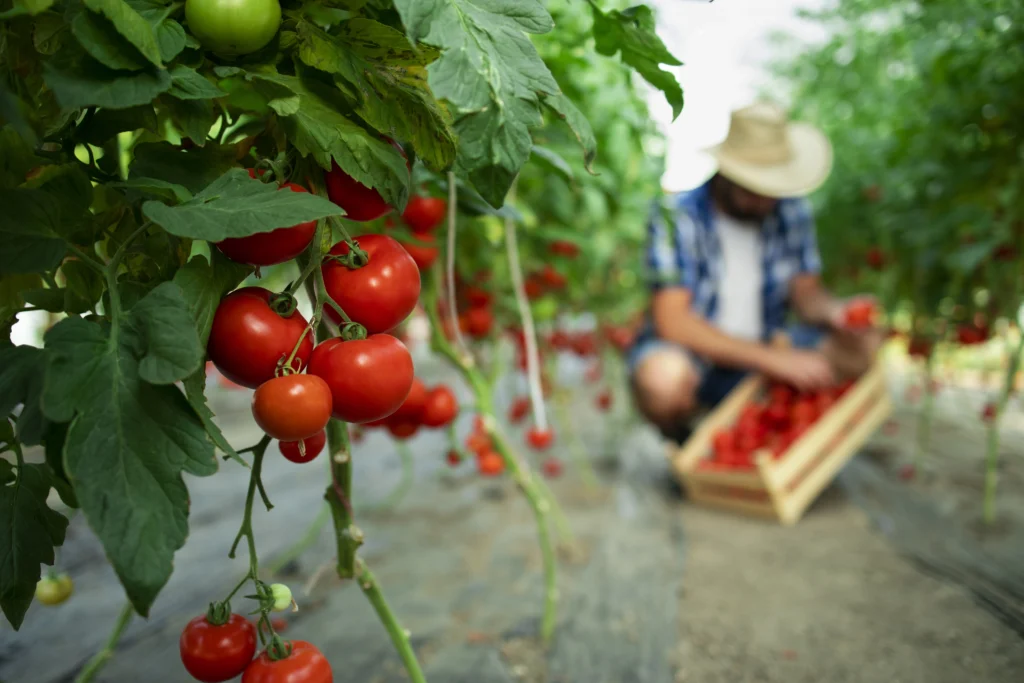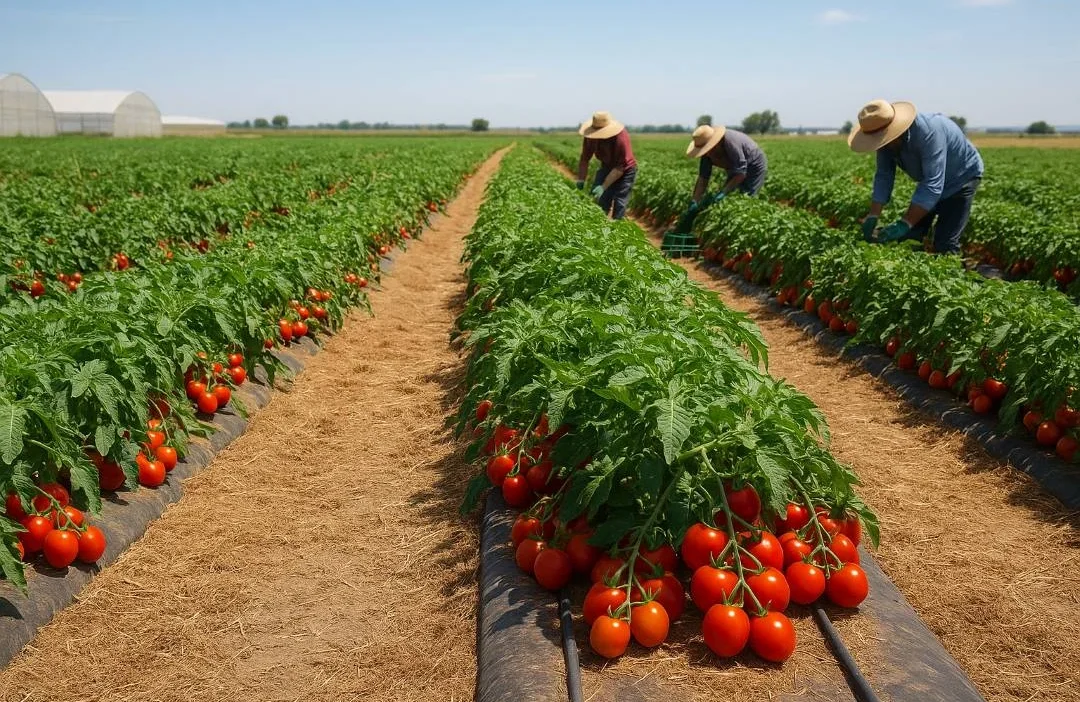In a bold move to reshape international trade policies, former President Donald Trump’s administration has reintroduced a 17% tariff on imported fresh tomatoes, a decision that is sending shockwaves across the global agricultural sector. Among those most affected are Mexican Tomato Exporters, especially large-scale companies like Veggie Prime, a key player in the U.S. produce market. This tariff, effective from mid-July 2025, is creating ripple effects not only for Mexican producers but also for American consumers and grocery supply chains.
Let’s dive into how this policy shift is impacting Mexico’s tomato export industry, with a focus on the economic challenges, operational changes, and strategic pivots being adopted by leading exporters.
Why the U.S. Imposed the Tariff
The 17% tariff is part of a larger protectionist strategy aimed at supporting American farmers and reducing reliance on foreign agricultural imports. While this move is politically charged and intended to bolster domestic production, it has led to rising concerns from business leaders, economists, and agricultural communities on both sides of the border.
The Trump camp argues that the tariff will level the playing field for U.S. growers who claim they are being undercut by cheaper Mexican produce. However, industry experts warn that the policy could disrupt supply chains, raise prices, and damage cross-border trade relations.

The Impact on Mexican Tomato Exporters
1. Rising Operational Costs
For companies like Veggie Prime, which exports thousands of tons of tomatoes to the U.S. every year, the new tariff immediately translates to increased costs. These exporters must now either absorb the 17% tariff, drastically cutting their margins, or pass on the cost to U.S. buyers, risking a decline in demand.
According to Veggie Prime’s trade director, “Margins in fresh produce are already razor-thin. A 17% hike could be the difference between profit and loss.”
2. Supply Chain Disruption
Many Mexican Tomato Exporters operate on a just-in-time logistics model. The sudden imposition of the tariff has forced companies to renegotiate contracts, adjust shipment volumes, and even delay harvests. Storage facilities are overwhelmed, and perishable inventory is at risk.
Smaller exporters, lacking the financial cushion of giants like Veggie Prime, are even considering temporary suspension of exports due to logistical and financial hurdles.
3. Loss of Market Share
The U.S. is the largest importer of Mexican tomatoes, accounting for over 80% of its export volume. With the new tariff, American retailers may shift their sourcing to countries like Canada or locally grown alternatives, especially during peak seasons.
Veggie Prime and similar firms fear losing long-term contracts with major U.S. supermarkets, which could permanently shrink their customer base.

Response Strategies from Exporters
1. Diversification of Export Markets
Mexican Tomato Exporters are now looking beyond the U.S. market. Companies are expanding their reach into Europe, Asia, and the Middle East, where demand for fresh produce is rising, and trade agreements are more favorable.
Veggie Prime has already announced new distribution partnerships in Germany and the UAE as part of a larger strategy to reduce dependency on the U.S..
2. Value-Added Products
To circumvent raw produce tariffs, some exporters are investing in processing facilities to convert fresh tomatoes into sauces, canned goods, and juices, which may fall under different tariff categories or be less affected.
This strategy not only helps in preserving shelf life but also opens up new consumer markets and branding opportunities.
3. Lobbying and Legal Action
Industry associations in Mexico are working closely with trade lawyers and diplomats to challenge the tariff through NAFTA/USMCA dispute resolution channels. There’s hope that political negotiation can lead to revised terms or reduced duties.
Mexican Tomato Exporters officials have also hinted at retaliatory tariffs on certain American agricultural imports, which could further complicate cross-border trade dynamics.

Impact on U.S. Consumers
While the tariff may provide temporary relief to U.S. farmers, American consumers could soon face higher prices at grocery stores. Tomatoes are a staple in many households, and the sudden hike in import costs is expected to inflate retail prices by up to 25%, especially for Roma and vine-ripened varieties that dominate Mexican exports.
Restaurants, especially those relying on large-scale tomato usage—like pizzerias and fast-food chains—are also expected to feel the pinch.
Long-Term Outlook
If the 17% tariff remains in place, the structure of North American produce trade may permanently change. Mexican Tomato Exporters will either adapt through innovation and diversification or risk shrinking in size and global relevance.

For now, companies like Veggie Prime are navigating a complex and volatile landscape—one shaped by politics, economics, and the growing uncertainty of international trade.





